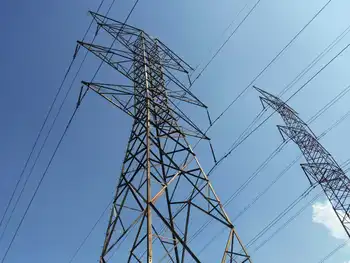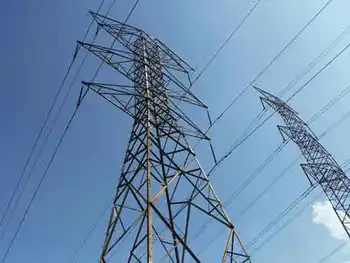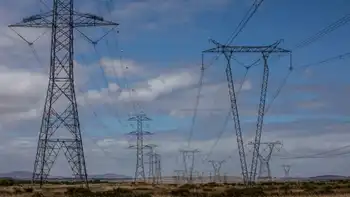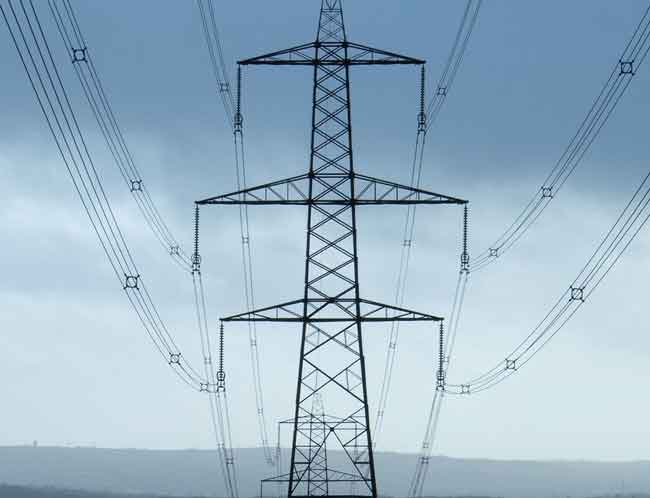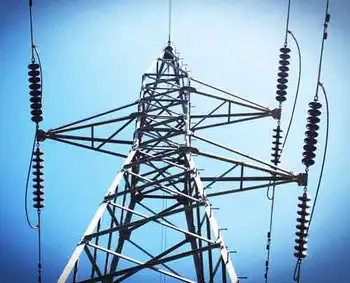Worst polluters increased mercury emissions
By Electricity Forum
Electrical Testing & Commissioning of Power Systems
Our customized live online or in‑person group training can be delivered to your staff at your location.

- Live Online
- 12 hours Instructor-led
- Group Training Available
The six leading U.S. power suppliers with three or more plants on the mercury emission list by total pounds include Luminant (formerly TXU), American Electric Power (AEP), Southern Company, Entergy, Ameren, and NRG.
The power plants that provide electricity to run AmericaÂ’s homes, businesses, and factories are also the single largest source of mercury air pollution, responsible for more than 40 percent of all mercury emissions nationwide. Mercury is a highly toxic metal, and once released into the atmosphere, it settles in lakes and rivers, where it moves up the food chain to humans.
According to the U.S. Environmental Protection Agency, roughly half of the nationÂ’s lakes and reservoirs have levels of mercury that exceed safe levels. Each year, more than 300,000 newborn babies may have an increased risk of learning disabilities due to in utero exposure to mercury, which is a neurotoxin that causes impaired neurological development in fetuses, infants and children.
Other key EIP report findings include the following:
• The top 50 power plant mercury emitters were essentially flat from 2007 to 2008, with mercury emissions off by a paltry 0.26 percent.
• Texas is home to the largest mercury emitter — Luminant’s Martin Lake power plant, which reported a 4.56 percent increase from 2007 to 2008. In fact, the Lone Star State claims five of the 10 largest power plant mercury air pollution sites in the nation. Dallas-based Luminant (formerly TXU) has three of the nation’s top five largest mercury emitters, in terms of total pounds emitted, all operating in East Texas.
• A total of 15 states had two or more of the 50 largest power plants for mercury emissions – Texas (7), Alabama (4), Pennsylvania (4), Indiana (3), North Dakota (3), Ohio (3), West Virginia (3), Arkansas (2), Arizona (2), Georgia (2), Illinois (2), Kansas (2), Louisiana (2), Missouri (2), and Wisconsin (2).
• Overall, power plant mercury emissions from electric utilities decreased 4.7 percent from 2007 to 2008, at the same time that gross power generation declined roughly 2 percent.
Environmental Integrity Project Senior Attorney Ilan Levin said: “Despite years of promises, the electric power industry has barely made a dent in its mercury emissions this decade. This slow progress is nowhere near the levels that would be achieved if all plants installed modern pollution controls. The nation’s power plants are not even close to meeting the levels that EPA forecasted under a weak Bush Administration power plant mercury rule that was subsequently thrown out by a federal court.”
Glen Hooks, regional director, Sierra Club Beyond Coal Campaign said: “Texans and other Americans do not need to live with the dangerous risks posed by mercury pollution from power plants. Pollution controls that dramatically reduce mercury emissions are widely available, and are already being used at many power plants. But, until the public and policymakers hold the electric power industry to its promises to shut down or clean up the nation’s oldest and dirtiest plants, Americans will continue to bear unnecessary health and environmental costs.”
Other key findings in the EIP report include the following:
• Power plant mercury emissions have actually risen since 2000 (the first year this data was reported) in several states, including Arkansas, Arizona, Georgia, Iowa, Illinois, Kansas, Louisiana, Missouri, Nebraska, North Dakota, Texas, and others.
• Six Southern Company plants in Georgia and Alabama are ranked among the top 50 power plant mercury emitters for overall mercury emissions.
• Six American Electric Power (AEP) plants in Texas, Ohio, Indiana and West Virginia are ranked among the top 50 mercury emitters. AEP’s Gavin Power Plant in Ohio emitted 937 pounds of mercury in 2008, a 115.4 percent increase from 2007. This drastic increase in mercury emissions appears to be due largely to a change in the coal burned at the plant in 2008.
• NRG’s Limestone County, Texas plant emitted 1,251 pounds of mercury in 2008, a 4.55 percent increase over its reported 2007 emissions. NRG is currently constructing a third coal-fired boiler at this plant.
• In terms of pounds of mercury emitted per gigawatt hour, the following companies have three or more power plants on the list: Ameren (4); Luminant (4); Reliant (RRI Energy) (4); Southern Company (4); AEP (3); and NRG (3).
The EIP report rates the power plants both in terms of sheer mercury pollution and mercury pollution adjusted per gigawatt-hour.
For a copy of the full EIP report, go to: http://www.environmentalintegrity.org.
The Environmental Integrity Project report ranks the top fifty power plant polluters for mercury, according to: “total amount emitted,” which measures the total pounds of mercury reported by each power plant; and “emission rate,” which measures the amount of pollution per gigawatt-hour of electricity generated.
The EIP report contains mercury emissions data obtained from EPAÂ’s Toxics Release Inventory (TRI), and electric generation data obtained from EPAÂ’s Clean Air Markets (also known as the Acid Rain program) databases.
In 2008, the U.S. EPAÂ’s Toxics TRI tracked mercury emissions from approximately 470 electric generating facilities across the United States and its territories. (There are hundreds of power plants that release less than 10 pounds of mercury per year that are not included in the TRI database.) This report analyzes mercury emissions reported by the electric power sector to TRI. TRI data are publicly available on EPAÂ’s website at http://www.epa.gov/triexplorer.
All data is self-reported by the utility industry to EPA.





